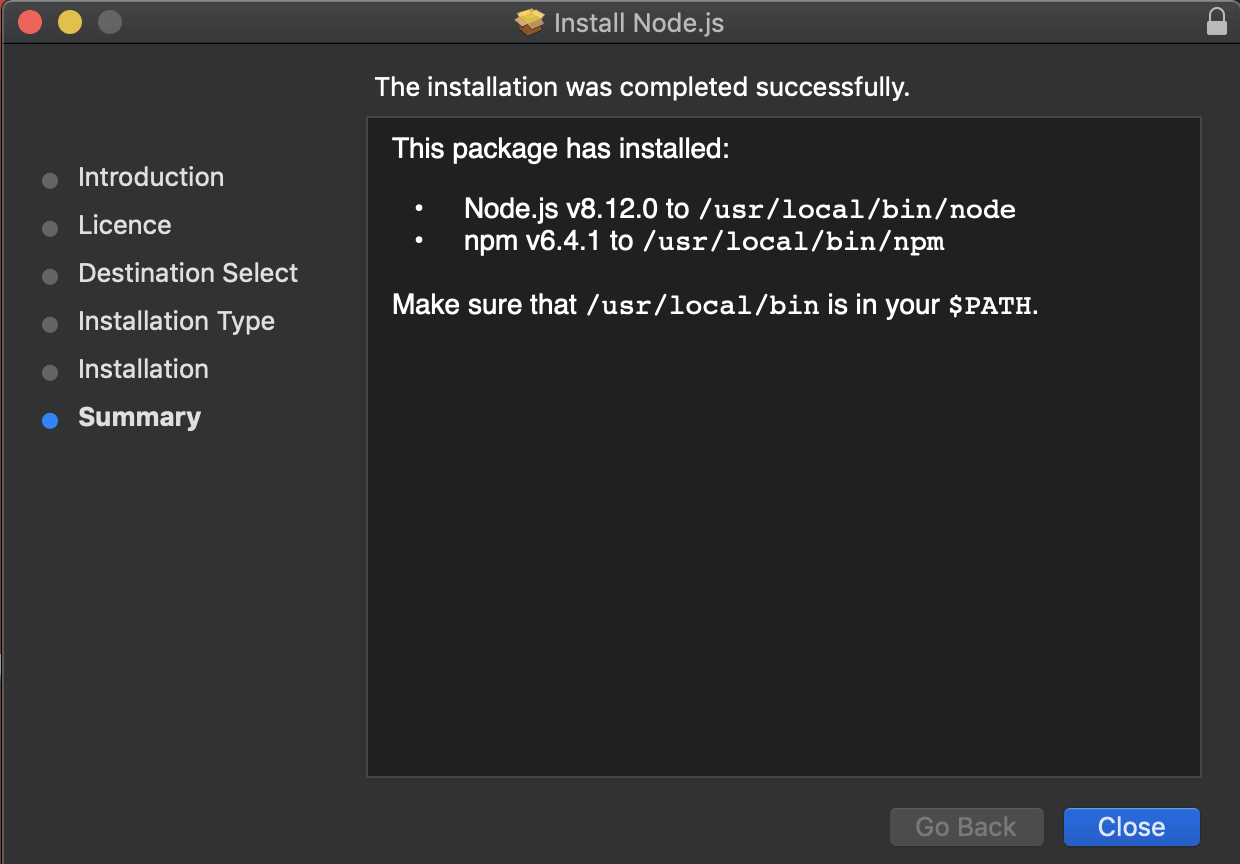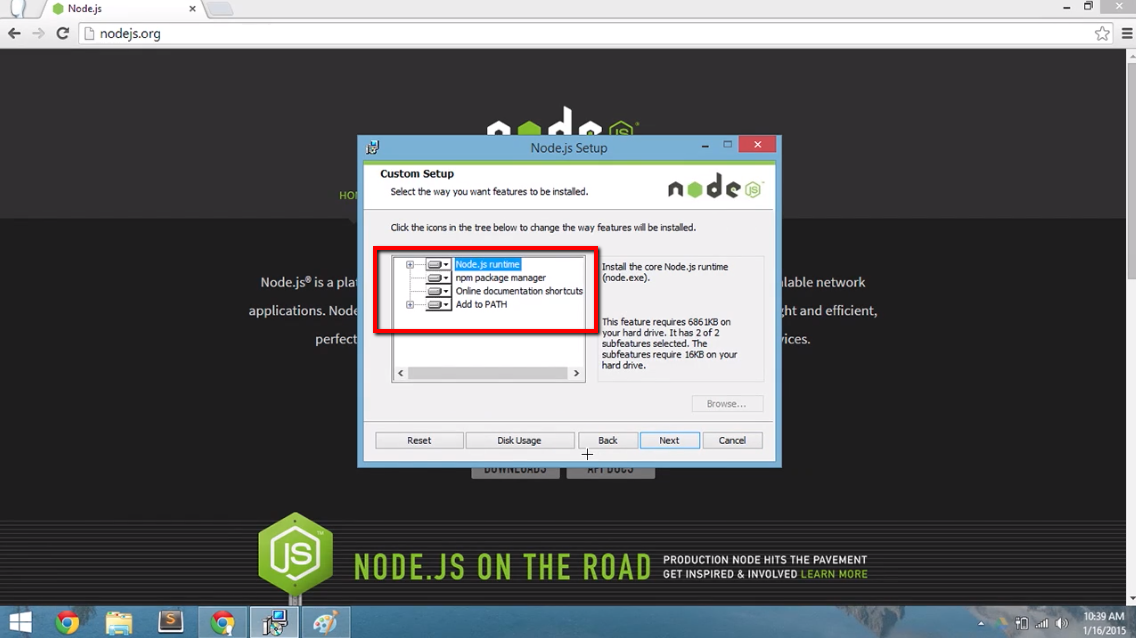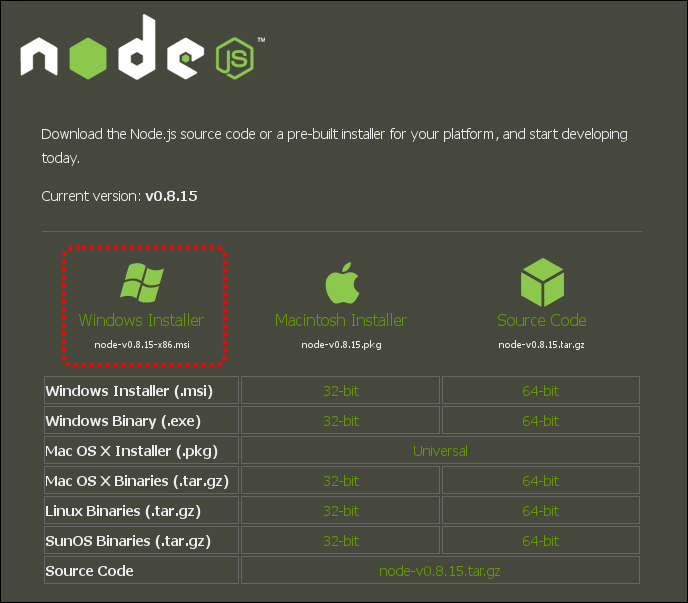- Download Node Js For Mac Free
- Imo For Windows 7 Pc
- Download Node Js For Mac Version
- Node Js 10.16.0 Download For Mac
Download the Node.js source code, a pre-built installer for your platform, or install via package manager.
But before you can use Node.js or NPM you need to install them — while the NodeJS website includes an installer, there’s a better way to install them on a Mac. In this article, I’ll take you through the process of installing Node.js and NPM on a Mac using Homebrew. How to download imovie 11 on mac.Installing Node.js and Express on Linux or Mac Matt YIU, Man Tung (email protected) SHB 118 Office Hour: Tuesday, 3-5 pm 2015.02.12 Installing Node.js and Express on Linux or Mac This set of slides illlustrate the steps for installing Node.js and Express on Linux and Mac.

Recommended for most users
Windows Installer
node-v14.18.0-x86.msi
MAC Installer
node-v14.18.0.pkg
Source Code
node-v14.18.0.tar.gz
Upcoming Releases
- Node.js v12
- Node.js v14
- Node.js v16
- Node.js v17
- Node.js v18
Download Node Js For Mac Free
LTS
Released2019-10-21
End-of-life
2022-04-30
Major Node.js versions enter Current release status for six months, which gives library authors time to add support for them. After six months, odd-numbered releases (9, 11, etc.) become unsupported, and even-numbered releases (10, 12, etc.) move to Active LTS status and are ready for general use. LTS release status is 'long-term support', which typically guarantees that critical bugs will be fixed for a total of 30 months. Production applications should only use Active LTS or Maintenance LTS releases.
| Release | Status | Codename | Initial Release | Active LTS Start | Maintenance LTS Start | End of Life |
|---|---|---|---|---|---|---|
| v12 | Maintenance LTS | Erbium | 2019-04-23 | 2019-10-21 | 2020-11-30 | 2022-04-30 |
| v14 | Active LTS | Fermium | 2020-04-21 | 2020-10-27 | 2021-10-19 | 2023-04-30 |
| v16 | Current | 2021-04-20 | 2021-10-26 | 2022-10-18 | 2024-04-30 | |
| v17 | Pending | 2021-10-19 | 2022-04-01 | 2022-06-01 | ||
| v18 | Pending | 2022-04-19 | 2022-10-25 | 2023-10-18 | 2025-04-30 |
Additional Downloads

Just like any programming language, platform, or library, getting up and running with Node.js takes some initial setup before you can start hacking away. With Node.js, the only initial setup required is, quite simply, getting the binary installed.
In this quick tutorial, we'll take a quick look at how to get Node.js on macOS. Once we've completed the entirety of the tutorial, you'll be ready to take the next step with Node.js.
This guide covers installing Node.js on the following versions of OS X and macOS: OS X 10.10 (Yosemite), OS X 10.11 (El Capitan), and macOS 10.11. These are the versions that are consistently tested and supported by the Node.js build process at the time of writing.
Step 0: The Quick Guide (TL;DR) to Get Node.js Installed on macOS
Here's the abbreviated guide, highlighting the major steps:
- Go to the Node.js Downloads page
- Download Node.js for macOS by clicking the 'Macintosh Installer' option
- Run the downloaded Node.js
.pkgInstaller - Run the installer, including accepting the license, selecting the destination, and authenticating for the install.
- You're finished! To ensure Node.js has been installed, run
node -vin your terminal - you should get something likev6.9.4
Step 1: Download the Node.js .pkg Installer
Imo For Windows 7 Pc
As our first step, we need to actually get the official installer for Node.js on macOS. To do so, we can head over to the Node.js Downloads page to download the installer.
You can get the macOS installer by clicking the Macintosh Installer option - this will download the .pkg installer for Node.js. Make sure you save it somewhere that you'll be able to access it!
Step 2: Run the Node.js Installer
Now that you've got the installer downloaded, you'll need to run it. The installer is a pretty typical interface - it won't take long to get through it (under a minute), even though there are a few parts to it. You can get through it by following the guide below:
- Introduction
- Select
Continue
- Select
- License
- Select
Continue - Select
Agree
- Select
- Installation Type
- Select
Install - Authenticate with your Mac to allow the Installation
- Select
Install Software
- Select
- Summary
- Select
Close
- Select
To verify that Node.js was installed correctly on your Mac, you can run the following command in your terminal:

If Node.js was properly installed, you'll see something close to (but probably not exactly) this:
As one last step for good measure, we'll update your version of npm.
Node.js always ships with a specific version of npm - Node.js doesn't (and shouldn't!) automatically update npm. The npm releases aren't synced with Node.js releases. Because of this, there's almost always a newer version of npm than the one that is installed by default with a given version of Node.
To easily update your version of npm, you can run the following command:
Step 6: Start building with Node.js!
Download Node Js For Mac Version
Now you've got Node.js on your Mac. It's time to start exploring!
Thankfully, we've got your back. We've got a ton of articles on getting started with Node.js! If you're interested in exploring ES6, you should check out our article on some of the most exciting ES6 features in Node.js. Looking for ways to standardize your JavaScript code across your team? In that case, you should check out our guide to using ESLint to build code standards in Node.js applications. Maybe you'd just like to start deploying your applications? In that case, check out our guide on deploying Node.js apps with systemd!
Node Js 10.16.0 Download For Mac
That said, if you want to keep in touch with Node.js and the surrounding ecosystem, you should go follow @NodeSource on Twitter! We'll keep you updated with important news from the Node.js project, and share the best Node.js tutorials, guides, and tools that the community has to offer!